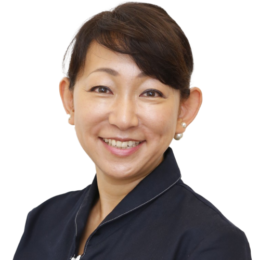
Thank you for viewing the website of Jeisys Medical Japan.
As the skin loses its firmness and moisture due to aging and UV rays, sagging, wrinkles, and blemishes appear. Many are concerned because they can give an aged appearance if they form on the face.
The carbon dioxide (CO2) laser Edge ONE is used in various clinics to improve these problems.
In this issue, Dr. Shunji Nakano, Director of the Nakano Clinic, will introduce his experience with the carbon dioxide (CO2) laser Edge ONE Fractional Mode.
- INDEX
1. Introducing Edge ONE (00:25~)
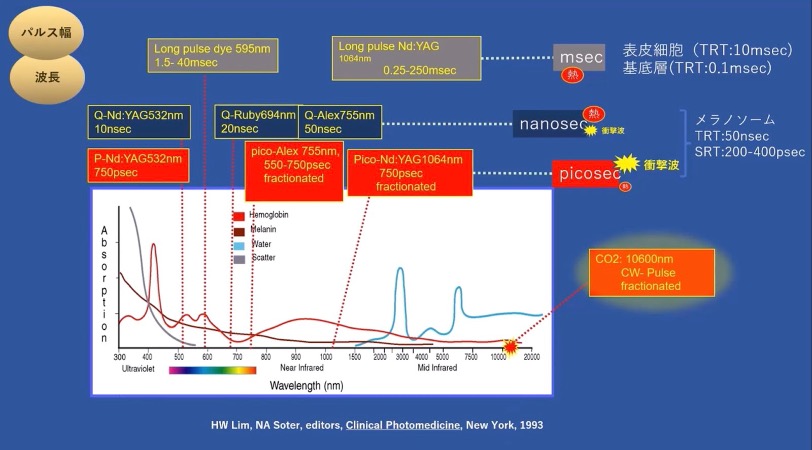
The carbon dioxide (CO2) laser has a long history: in 1985, it was a large device, like a fridge, and could only be used by otolaryngologists. Today, it is compact and has a laser scalpel and Fractional Mode in one unit.
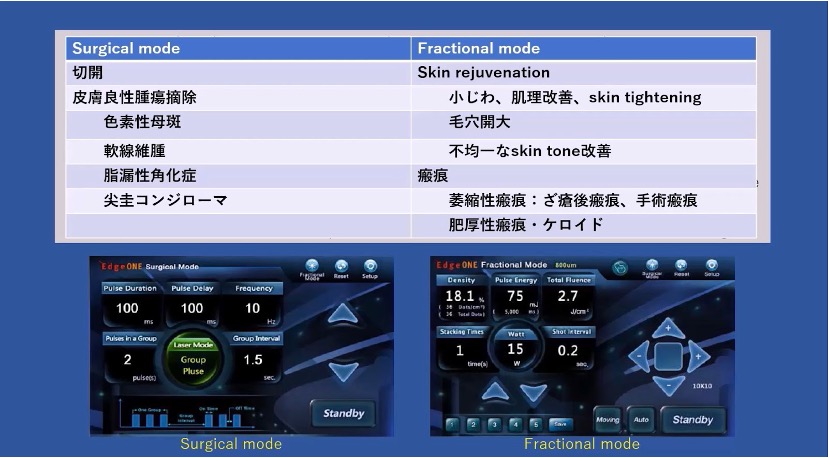
Edge ONE has two modes: Surgical Mode (laser scalpel) and Fractional Mode.
Surgical Mode is used for moles, skin tags, seborrheic keratosis, etc. as it allows for incisions. When irradiated over a wide area, a large area can be transpired. There are five different types of shots, which can be used according to application.
Fractional Mode, meanwhile, can apply the laser in a fragmented manner. It improves fine lines and wrinkles, skin texture and tightening, and is also employed to improve atrophic scars and hypertrophic scars (keloids).
2. Precautions during the Procedure (05:51~)

When CO2 laser incisions are made not on the face, hypertrophic scars are more likely to occur. Scarring is rarely seen on the scalp, the mucous membrane in the nasal cavity and eyelids. The trunk is at high risk of hyperpigmentation and should be informed before the surgery.
3. Introducing Edge ONE Fractional Mode (06:28~)
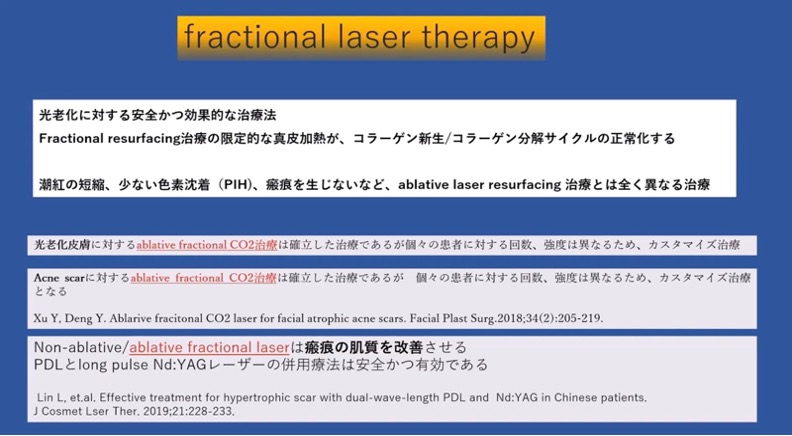
Fractional lasers are effective in improving all kinds of skin problems with minimal side effects. A variety of treatments are available, including laser and radiofrequency skin ablation and microneedling for a deeper approach.
Typical treatments are ablative fractional CO2 lasers, which are used to improve photoaging, atrophic scars, and acne scars.

Edge ONE has 5 types of handpiece tips, and you can fit the tip you want to use into the unit. There are 4 beam patterns available.” Scatter” is effective for use with 350㎛ or 800㎛ tips because it is less prone to thermal denaturation. “Standard” works for 120 µm tip whose irradiated area is 1-2% of the normal area and heat accumulation is less likely to occur.
4. Improvement of Photoaging (13:13~)

Fractional laser can also improve skin that has atrophied due to aging or photoaging. Photoaging is caused by ultraviolet A (UVA) rays, which affect the dermis layer of the skin. Ultraviolet B-waves (UVB), in contrast, are blocked by clouds, glass, and other obstacles, reaching only the epidermis.
Our studies have shown that 7% of ultraviolet A waves reach 0.5 mm of the skin, and 0.5% reach 1 mm. Since the epidermal layer is 0.2 mm, irradiation to 0.8 mm of the dermis layer is considered sufficient to improve skin atrophy caused by photoaging.
However, since age-related skin atrophy occurs deep within the dermis layer, a 1 mm to 4 mm approach is necessary.
Actually, when microneedles were inserted into the upper dermis and RF was applied, the dullness was improved.

5. Case Studies (19:49~)
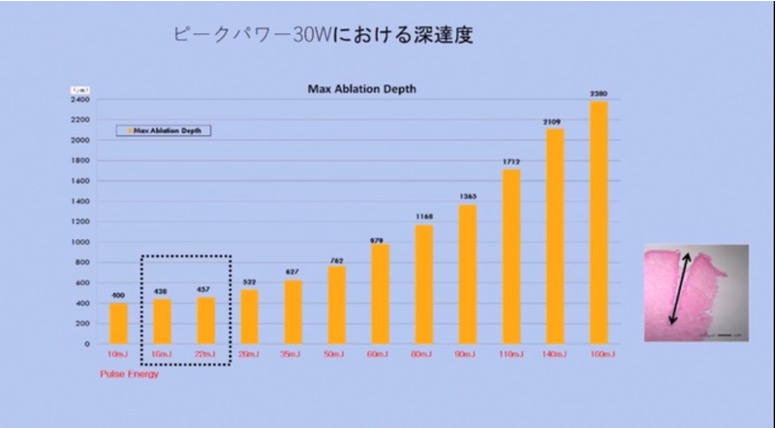
Edge ONE can irradiate to a depth of 0.4mm to 0.45mm with 30W and fluence of 16mJ to 22mJ. If the fluence is increased, irradiation to a greater depth is possible, but the ideal target is approximately 0.4 to 0.5 mm.

Skin texture was improved when holes were made in dots at 0.4 mm on photoaged skin.
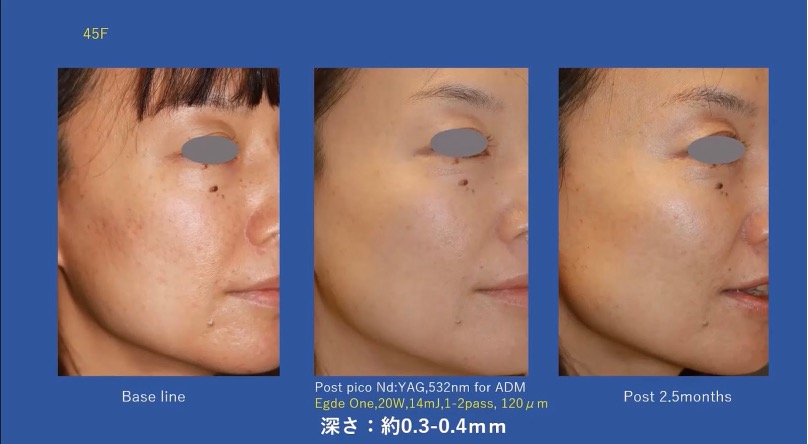
This patient had ADM (acquired dermal melanocytosis) in multiple areas, so the entire area was irradiated with the Pico laser. To further improve the skin condition, fractional laser was applied to a depth of 0.3 mm to 0.4 mm. The appearance did not change much, but the patient felt a change in skin texture.
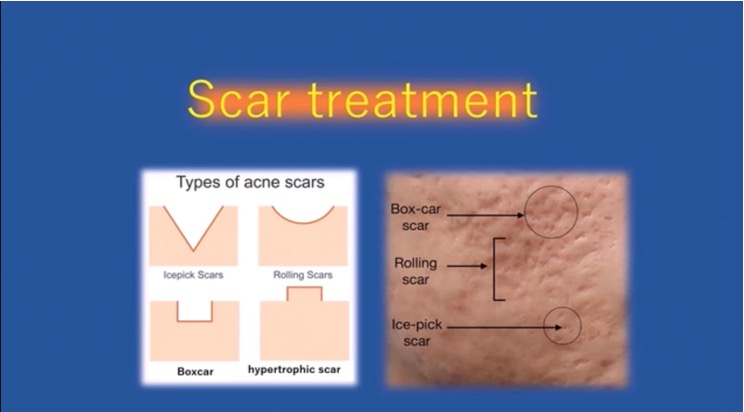
Acne scars are divided into 3 patterns: Boxcar, Rolling, and Ice Pick. Rolling pattern is the easiest to improve. When treating Boxcar scars, the skin is shaped into a Rolling pattern by paring down the skin.
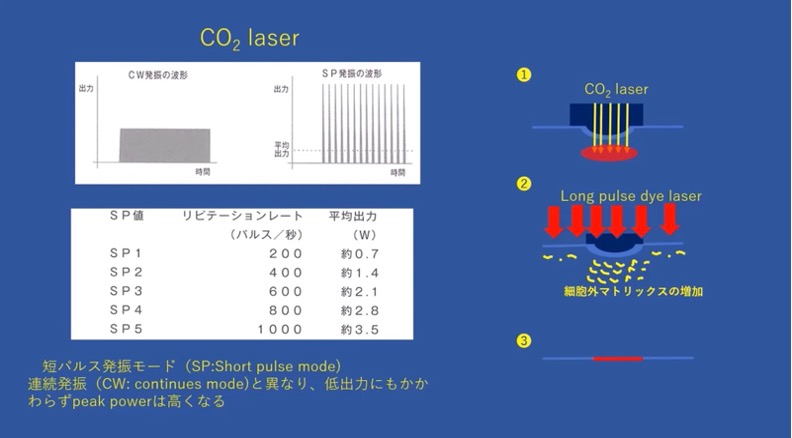
Ultra Pulse treats small acne scars. Manual irradiation allows limited treatment of only the most severely symptomatic areas. In fact, studies have shown that 2 to 5 Ultra Pulse treatments per every other month can raise approximately 75% of lesions.

Boxcar type Acne scars are shaped into Rolling type, and then Ultra Pulse is applied to the sunken areas. Dye laser was also applied and the skin unevenness was improved in one treatment.
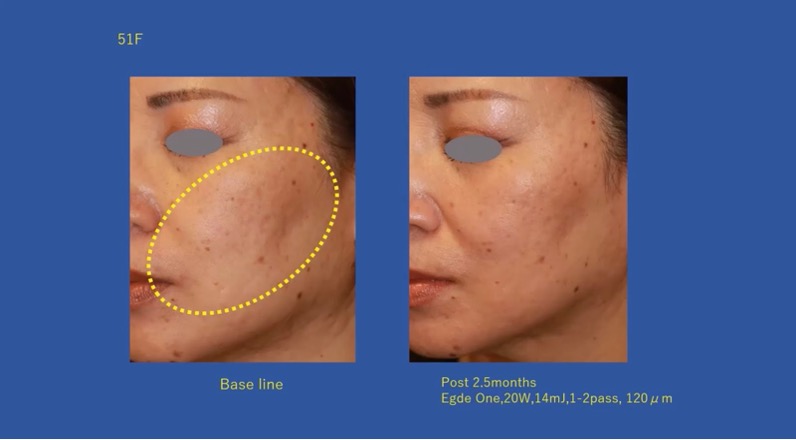
In our clinic, we focus on irradiating the sunken areas. We irradiate the entire area with one or two passes, and then hit the sunken areas two or three times. 2-3% of the area is irradiated, and no problems have occurred so far.
*Please watch the video to learn more about the case
6. Summary (28:00~)
Edge ONE can be used both as a fractional laser and as a laser scalpel. In Fractional Mode, it is attractive for treating a wide range of conditions, including photoaged skin, atrophic depressed scars, keloids, and hypertrophic scars. We look forward to working further with the manufacturer to explore better parameters for improving pore size.

